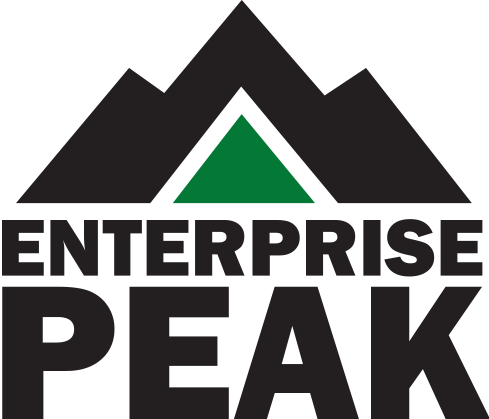
When choosing a new enterprise management system, there is no shortage of options: Oracle, SAP, Workday, the list goes on. The first step is to determine which of the two possible kinds of ERPs are best for your business: cloud or on-premise.
The major and clearest difference between the two are their hosting environments. Cloud-based ERP software is hosted and managed by a third-party provider while on-premise ERPs are locally hosted by your company and managed by your in-house IT team. While 93% of businesses have a completely cloud-based or hybrid cloud system, there are a number of other factors to consider when determining what is best for you and your business.
Pricing
Cloud: Generally, a monthly or annual subscription comes with cloud-based ERPs. This goes towards the cost of the vender hosting and managing your ERP and all subsequent data that comes with it.
On-premise: There will be an upfront, one-time license fee for an on-premise ERP that is higher than the upfront cost for cloud hosting.
Both options have additional/recurring fees for updates and any support. The low entry cost of a cloud-based ERP makes it the more popular option— however, over time, costs from the perpetual license and subscriptions do eventually even out.
Security
Cloud: In a cloud-based ERP environment, data security is the vendor’s responsibility. This will be included in the subscription fees. Many cloud systems also offer easy accessibility—for example, via a mobile app—but with this easier access comes higher security risks.
On-premise: The ERP user (you and your business) will be responsible for the security of the system and all of its data for an onsite ERP tool.
Customization
Cloud: Customizations in cloud-based ERPs are limited to the host vendor’s capabilities and options. Various vendors provide services for the general uses of multiple industry needs.
On-premise: Your business has more control over modifications for your specific needs with a custom-made ERP tool.
Upgrades
Cloud: Subscription services include continuous upgrades provided by the vender in cloud-based ERP systems. A majority of vendors will automatically carry over any customizations made to the original environment when updating.
On-premise: Your IT or specific ERP technical team will have to manually upgrade your systems if you opt for an on-premise ERP. Many in-house, on-premise systems require previously made customizations to be re-implemented after a system upgrade.
Overall, cloud-based ERPs are better suited for smaller to mid-sized businesses on a budget with more general needs. On-premise ERPs are better suited for larger businesses with higher budgets, specific use-case and specialization needs, and the necessary infrastructure to host and protect ERP data.
Every company’s business needs are different. Whether you are ready to implement a new ERP, need to upgrade your current system, or are looking for a feasibility study on what’s best for your business, ePeak’s ERP experts are here to help.
